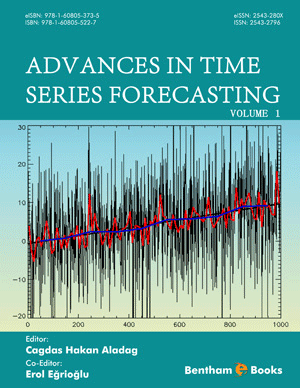Abstract
In order to understand not only “how”, but also “why”, calculus evolved into that major subdivision of mathematics that it presently occupies, the binary arithmetic of three special numbers is selected as the starting point. When these three, herewith designated by the adjective “foundational”, numbers are combined with the six familiar arithmetic operations of addition, subtraction, multiplication, division, raising to a power and extracting a root, the basis for a new, enlarged perspective of ‘what is mathematics?’ is created. Note that the selected term, foundational number, was chosen over others who have referred to this same set of three numbers in a meta-mathematical context. Notwithstanding that this same set of three numbers was designated in [1] as “boundary numbers”, such a name is herewith eschewed as the traditional concept of “boundary” has a very different denotation in mathematical physics.
Rather than rigidly following the traditional approach, based on function theory, which has been taught in high schools and colleges ever since it was independently developed by Leibnitz and Newton a third of a millennium ago, this treatise focuses attention on the arithmetic taught in elementary school, but from a more advanced standpoint in much the same manner as Felix Klein’s Erlanger Program and its Elementary Mathematics From an Advanced Standpoint [2]. The single-most important difference in this formulation is that there is a new perspective which incorporates that long familiar, but not fully exploited, recognition that there does not exist a last number in the counting sequence. In other words, for any given number, call it “n“, there is another unique number n+1. Similarly, for n+1 there is an n+2; etc.
Because of the above, instead of the traditional side-stepping of the question, both this author and the reader have been left to fixate on this set of foundational numbers –which respectively quantify the heuristic concepts of “none”, “some” and “all”, along with the respective names of “zero”, “one” and “infinity”. Note that the alignment of “some” in symbolic logic with “one” in mathematics arises because in logical systems the term “some” denotes “1 or more”, while in mathematical systems. (as will be shown in the formulation of a co-ordinate system in Chapter 2, Section 2) the arbitrary choice of a measuring reference is usually standardized, irrespective of what is being quantified, by focusing on some pre-selected entity being assigned a magnitude equal to 1.
Furthermore, in the historical evolution of mathematical thought, these three numbers have produced paradigm shifts in understanding “what”, “how”, and “why” in mathematics. An example of this, which is one of the main compasses for this book, is a treatise written in 1941 by Richard Courant and Herbert Robbins which set out to answer the question: “What is mathematics?” Such a choice was made not only because this classical treatise [3] is still one of the standards of excellence today, which has remained in wide circulation for three-quarters of a century since its original publication, but also the observation that the intended audience of that book is the one that this author hopes to reach with his treatise. Unlike these two mentoring references, which cut a wide swath of the domain of mathematics, the monograph which follows is limited to that subdivision of mathematics subsumed by the term “calculus”, along with emphasizing its place in the larger picture of intellectual inquiry. The following remarks, extracted from the preface of [3], expresses precisely the audience to whom this monograph is directed:
“For more than two thousand years some familiarity with mathematics has been regarded as an indispensible part of the intellectual equipment of every cultured person. . . . Teachers, students, and the educated public demand constructive reform . . . It is possible to proceed on a straight road from the very elements to vantage points from which the substance and driving forces of modern mathematics can be surveyed. . . . The present book is an attempt in this direction. . . . It requires a certain degree of intellectual maturity and a willingness to do some thinking on one’s own. This book is written for beginners and scholars, for students and teachers, for philosophers and engineers, for class rooms and libraries”.
Keywords: Algebra, All, Counting, Denotation vs. Connotation, Foundational Numbers, GIGO and Half-right Answers, Ideas, Indeterminate Forms, Infinity, Inverse, None, Numbers Denoting, One, Primitive, Repetition, Some, Twelfth Commandment, Why vs. How, Word vs. Term, Zero.












